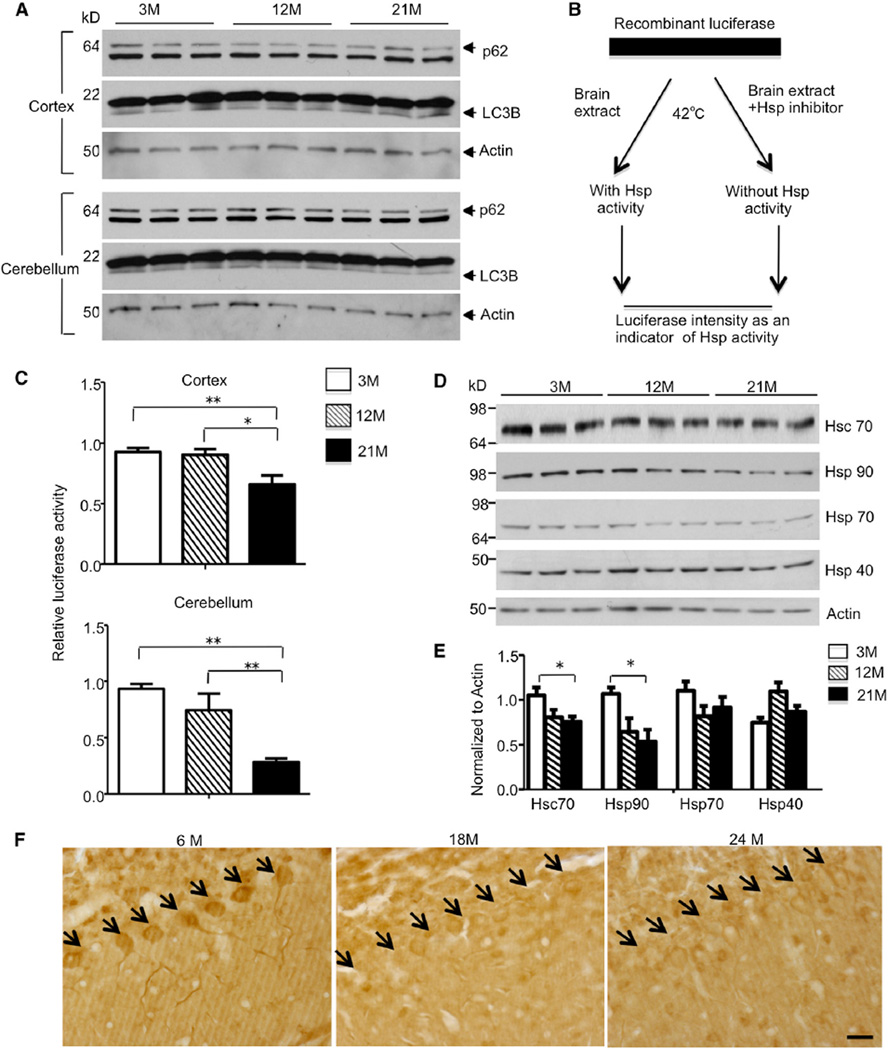Figure 4. Age-Dependent Decrease in Chaperone Activity and Hsc70 Level in Mouse Brain.
(A) Western blotting analysis of p62 and LC3B level in the cortex and cerebellum of 3-, 12-, and 21-month-old WT mice. No significant difference was found among three age groups.
(B) Luciferase protection assay was performed by incubating recombinant luciferase with lysates from either the cortex or cerebellum of 3-, 12-, and 21-month-old WT mice. Hsp inhibitor PU-H71 was added to the incubation in order to obtain Hsp-specific activity.
(C) Decreased luciferase intensity was observed when brain lysates of 12- or 21-month-old mice were used, indicating an age-related decrease of chaperone activity in the cortex and cerebellum (*p < 0.05, **p < 0.01).
(D) Western blot analysis of major chaperones with the cerebellum tissue from 3-, 12-, and 21-month-old WT mice. Actin was used as a loading control.
(E) The relative levels of Hsp were normalized by actin for quantification. Hsc70 and Hsp90 showed a significant decrease with aging (*p < 0.05, **p < 0.01).
(F) Hsc70 immunostaining showing age-dependent decrease in Hsc70 expression in Purkinje cells in WT mice at different ages (6, 18, and 24 months). Arrows indicate Purkinje cells. The scale bar represents 20 µm. Data are represented as mean ± SEM.

